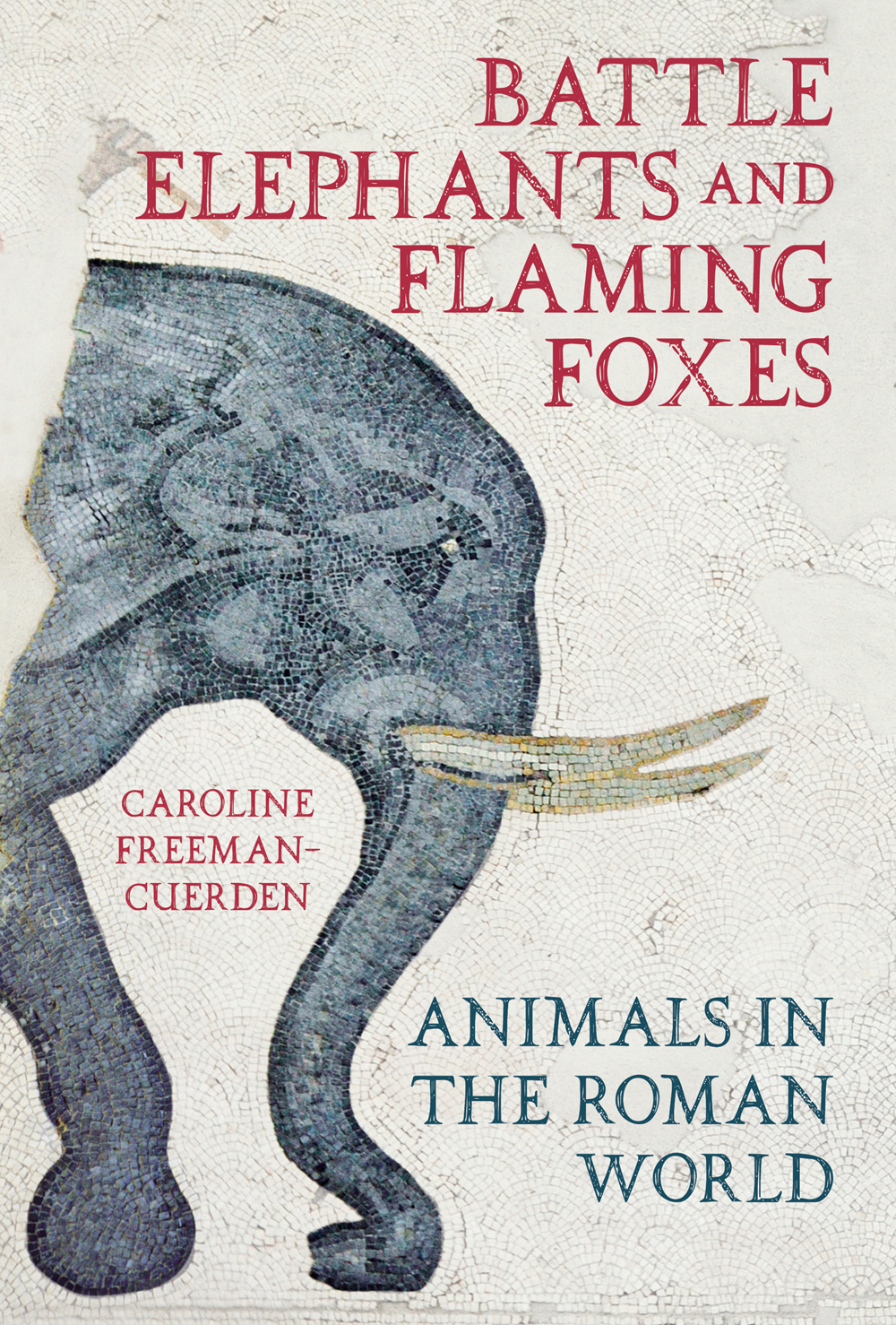

Most ebook files are in PDF format, so you can easily read them using various software such as Foxit Reader or directly on the Google Chrome browser.
Some ebook files are released by publishers in other formats such as .awz, .mobi, .epub, .fb2, etc. You may need to install specific software to read these formats on mobile/PC, such as Calibre.
Please read the tutorial at this link: https://ebookbell.com/faq
We offer FREE conversion to the popular formats you request; however, this may take some time. Therefore, right after payment, please email us, and we will try to provide the service as quickly as possible.
For some exceptional file formats or broken links (if any), please refrain from opening any disputes. Instead, email us first, and we will try to assist within a maximum of 6 hours.
EbookBell Team

4.3
98 reviewsFrom the hooves of chariot horses pounding the dust of the racetrack to the cries of elephants charging the battlefields, animals were a key part of Roman life. On memorials left to beloved dogs or in images of arena animals hammered onto coins, their stories and roles in Roman history are there for us to find.
Why did the emperor Augustus always have a seal skin nearby?
What was the most dangerous part of a chariot race?
How could a wolf help with toothache?
Take a gallop into the Roman world of chariot horses, battle elephants and rampaging rhinos. In the ancient world a bear could be weaponised and venomous snakes could change the course of a battle at sea. If you want to know exactly how to boil a crane (and who doesn't?) or how to use eels to commit murder, the Romans have the answer. They wove animals into poetry, sacrificed them and slaughtered thousands in their arenas, while animal skins reinforced shields and ivory decorated the...